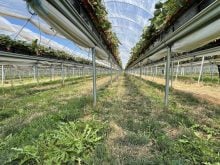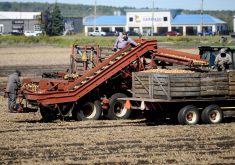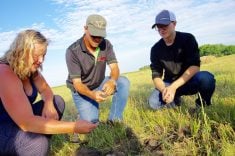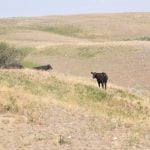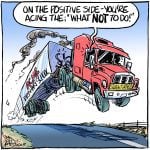Canada’s agricultural stakeholders are pretty good at fostering knowledge – but not so good at turning that knowledge into solutions for existing and forthcoming challenges.
This was one of several messages communicated by panelists during the Canadian Agri-Food Policy Institute’s latest Ag Policy Exchange: “Is Canadian agriculture ready to manage and mitigate risk?” A second overarching message was Canadian farmers, agricultural businesses, and others must speak with a united voice, and think hard about what they need to succeed in a more chaotic world.
More “R” than “D”
Read Also
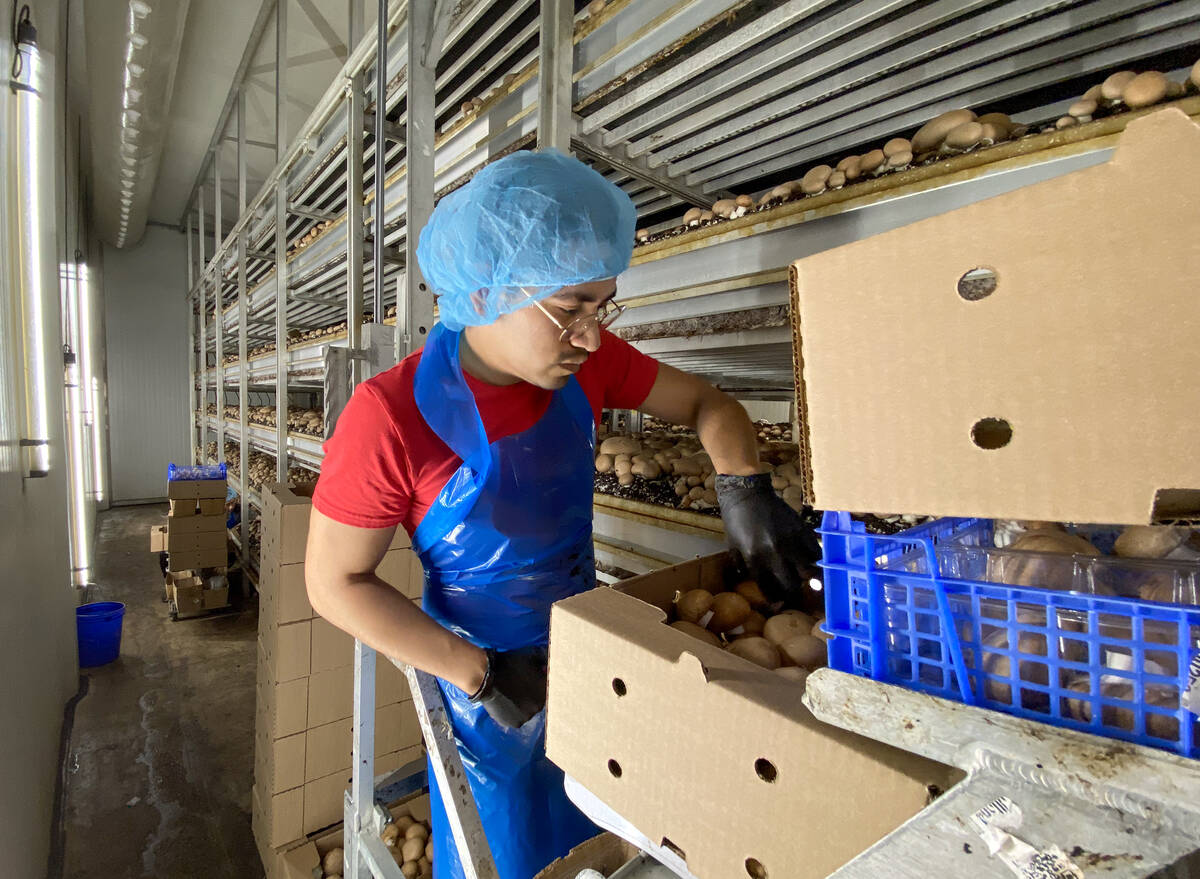
Ontario’s other economic engine: agriculture and food
Ontario Federation of Agriculture president, Drew Spoelstra, says Ontario’s agriculture and agri-food sector should be recognized for its stability and economic driving force.
Steven Webb, executive director and CEO at the University of Saskatchewan’s Global Institute for Food Security, describes himself as a “rational optimist” who recognizes the value of the immense amount of research and discovery occurring in Canadian agriculture. But despite having both the capacity and the tools to protect the industry from shocks, he doesn’t believe there has been enough investment or enabling in the “innovation pipeline.”
With lots of research but comparatively limited development, he says the public sector, private sector, and academia must find a way of developing a “whole systems approach” to innovation.
Webb reiterates a way to foster such an approach starts with a regulatory system that’s predictable, transparent, and science-based.
Webb also draws attention to long-standing problems such as the need for better trade infrastructure as examples where a more unified voice and greater cross-sector co-operation would make the industry less dependant on a single market.
“We do not have a good track record of fixing the things we know need fixed,” says Webb. “I believe we lack a national strategy and framework…Everybody is trying to do the right thing and we’re not playing like a team.”
More extension support critical
Reduced support for extension services is also a critical issue, according to Geneviève Grossenbacher, director of policy with Farmers for Climate Solutions.
Grossenbacher says farmers across the country are facing increasing crop losses, with those losses adding pressure on current business risk management programs. Improvements in resiliency through adoption of best management practices, many of which she argues have long proven to guard farmers against adverse environmental conditions, is needed.
However, the degradation of support for peer networks, agrologists, and others prevents many from adopting best management practices.
“It’s a plea for investing in resilience now. It’s a win-win for farmers and governments long term,” says Grossenbacher. As an example, she points to greater resilience to drought through the maintenance of forest land and wetlands, and to input costs through soil-improvement practices or rotational grazing.
“The biggest risk is we forget to work together,” says Grossenbacher. “Extend technical training and support for farmers…We cannot afford to wait longer.”
Knowledge of risk-management programs lacking
The need for extension support is echoed by Stuart Person, national leader of crop services at MNP. He adds support from government, and a willingness to pay for expertise on the part of farmers, are both critical to attracting talent to extension services – something he says is a challenge currently.
Taking a hard look at the effectiveness of risk management programs is another necessity. However, farmers, farm advisors, and those in government also need to better understand what type of program should be used for different issues, as well as how some programs can impact others.
Ad-hoc programs designed to address specific challenges, says Person, can undermine programs like AgriStability. Changes to AgriStability, such as the adoption of interim payment structures, might help reduce the impact of separate programs. Conversely, ad-hoc programs designed to protect farm profits – when China suddenly stops buying canola, for instance – may still be warranted because AgriStability can’t always provide protection.
The key is knowing what program to use when, and why, says Person.
On the farm, that means doing a better job of contingency planning, and investing in financial literacy. Advisors, too, must raise their awareness of how, when, and why to make use of AgriStability and other risk management programs.
Regarding AgriStability specifically, he believes there is opportunity to address “why it’s not maybe supporting certain sectors as much as it needs to.”
“Its very hard to have one program cover all sectors of agriculture.”




